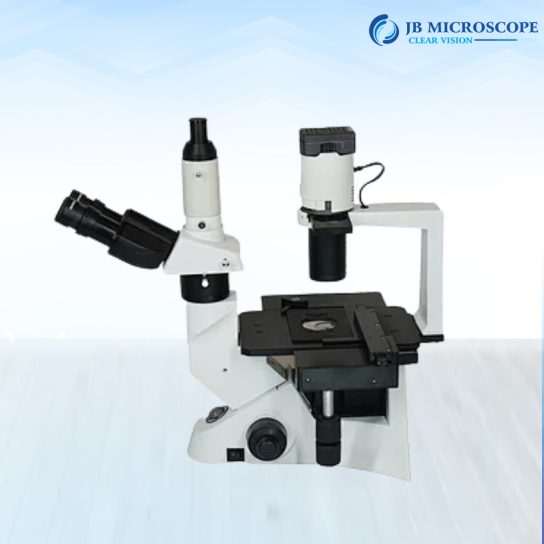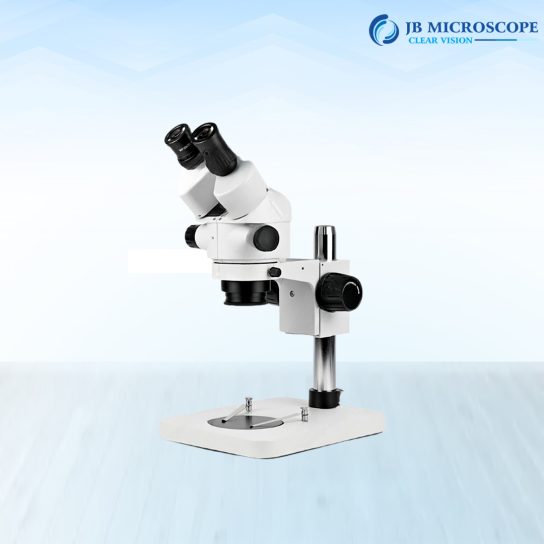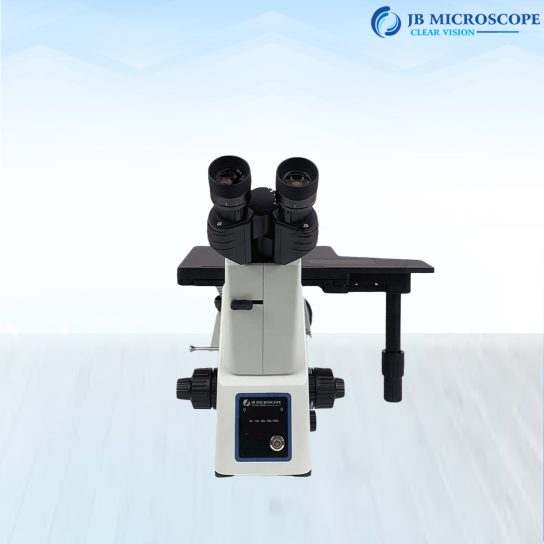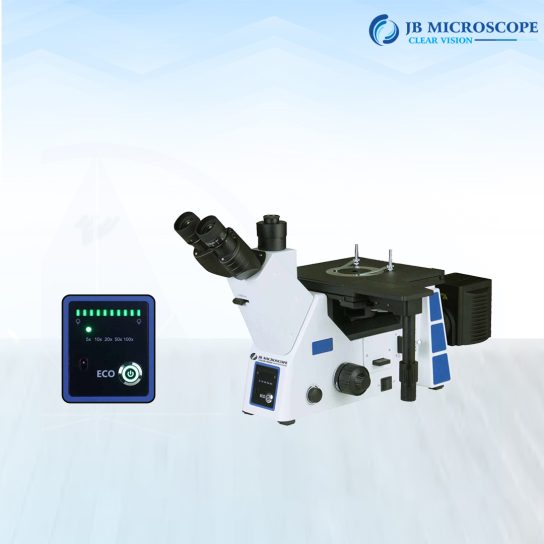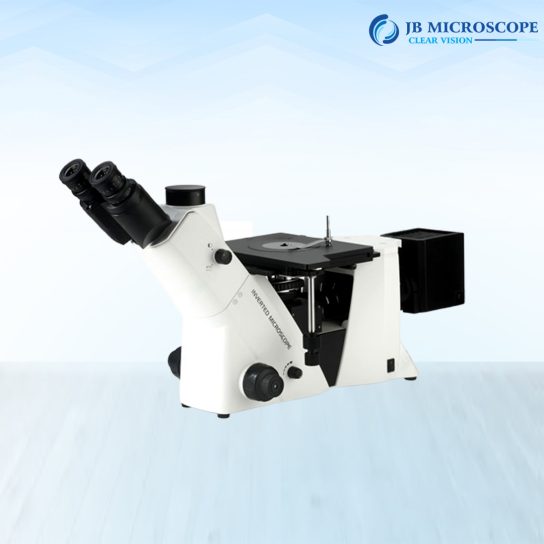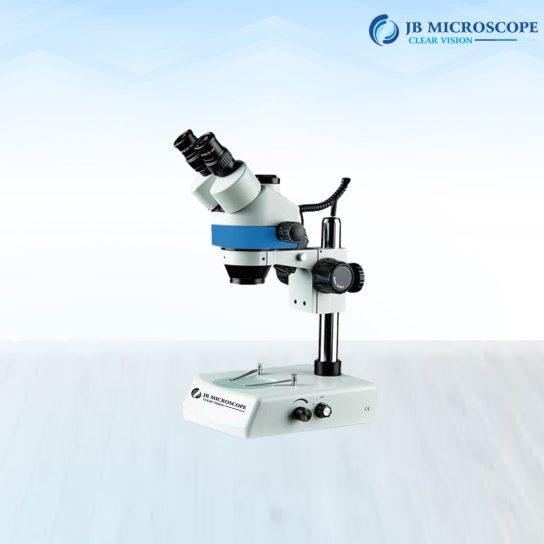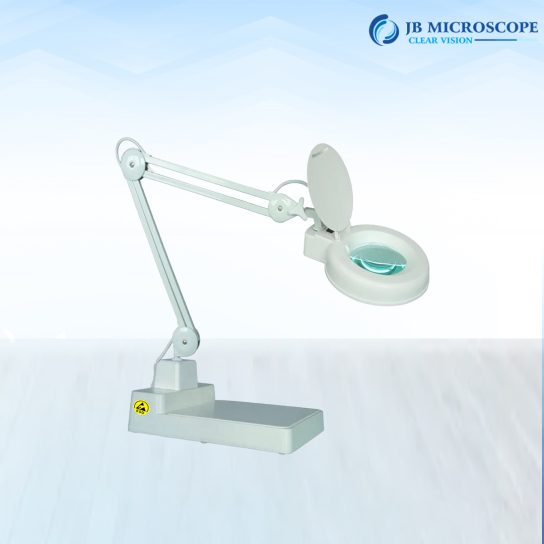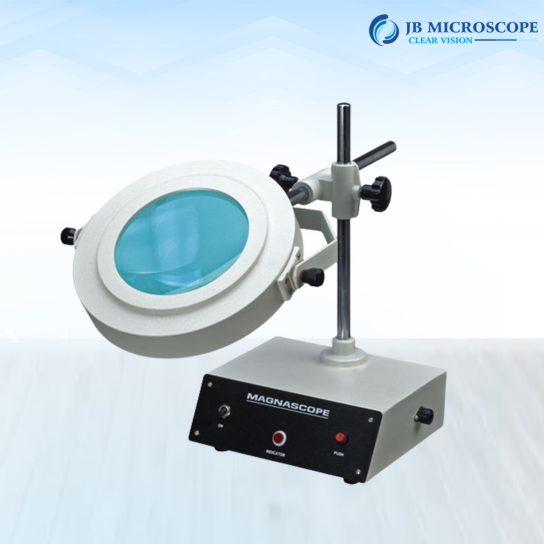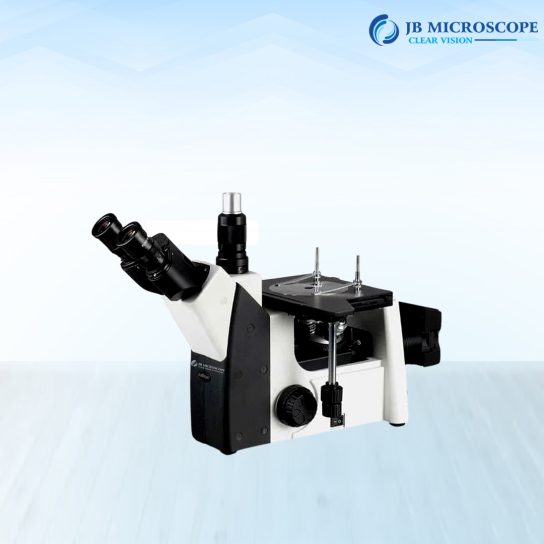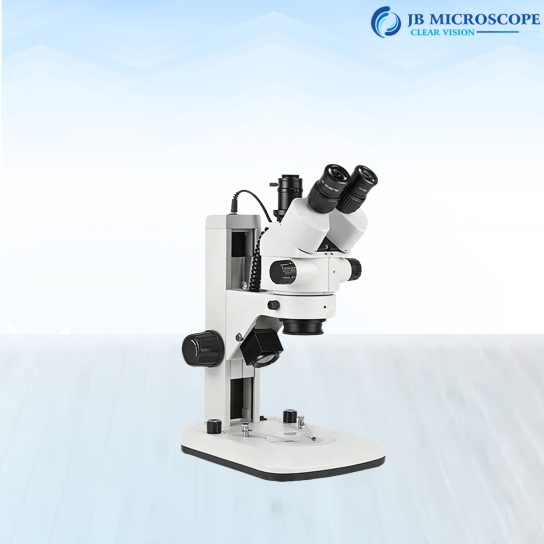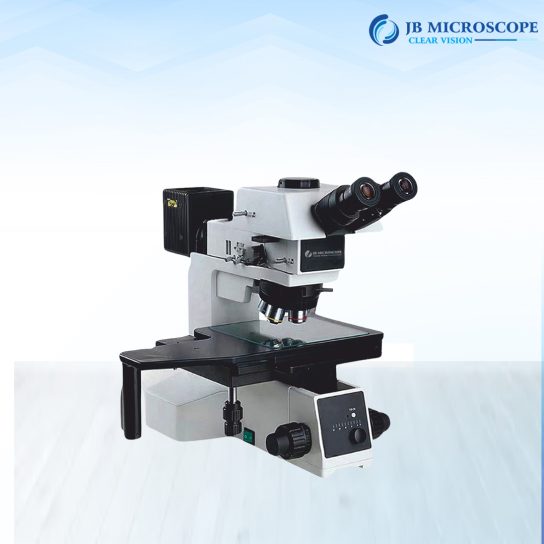Microscope For Metal Industry
In the dynamic landscape of the metal industry, technological advancements are continually reshaping the way materials are analyzed, manufactured, and processed. Beyond its conventional applications in biology and medicine, microscopes are indispensable in metallurgy, providing valuable insights into the microcosmic world of metals and alloys. This article delves into the critical role of microscope for metal industry, exploring how they contribute to quality control, research and development, and overall advancements in metallurgical processes.
Quality Control and Inspection:
In the production of metals and alloys, ensuring quality and consistency is paramount. Microscopes play a vital role in quality control processes by allowing metallurgists to inspect the microstructure of materials. Optical microscopy is normally employed to examine metal samples, revealing details such as grain size, phase distribution, and the presence of desecration or defects. This level of analysis is essential for identifying potential weaknesses in the material, predicting performance under various conditions, and maintaining strict quality standards.
Advanced microscopy techniques, such as scanning electron microscopy (SEM) and transmission electron microscopy (TEM), enable metallurgists to delve even deeper into the microstructure. These techniques provide high-resolution images, aiding in the detection of minute imperfections and contributing to the optimization of manufacturing processes.
Showing all 13 results
-
Digital Video Inspection Microscope
JBM-745T Stereo Zoom Microscope
-
Magnascope
Magnifier Led Lamps
